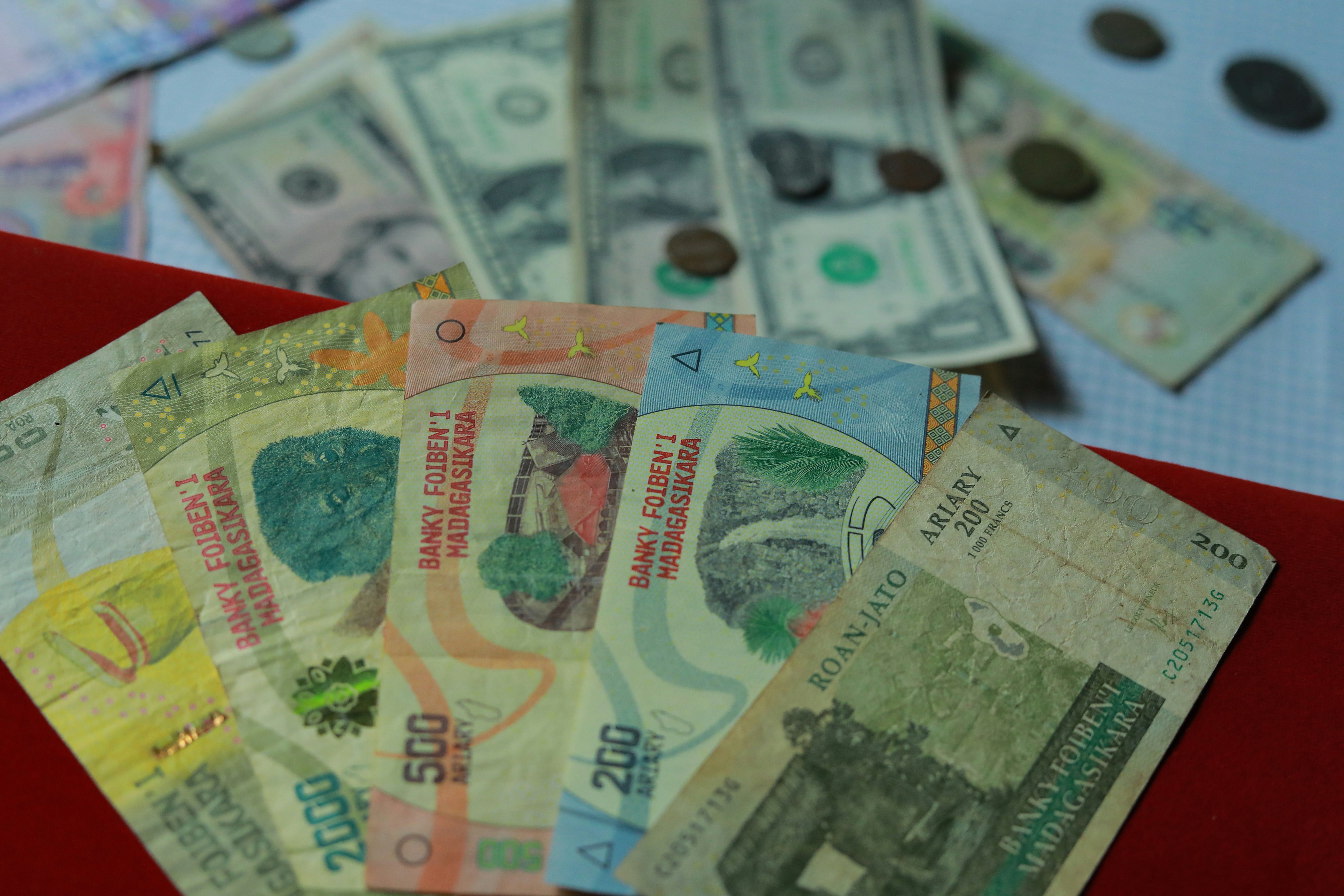
Gold is one of the oldest metals known to humanity. It has been revered for its beauty and rarity for ages. Gold frequently occurs in nature in its pure state, unlike most other metals; therefore, it doesn’t need to be processed. Gold is so versatile that it can even be found in most portfolio’s of the world’s wealthiest people. This is mainly due to them converting their gold into what’s known as a gold IRA. We won’t cover the best gold ira companies of 2023 in this article. Instead we’ll be going over how gold has had it’s impact on humanity.
This metal has always been the preferred decorative material since it is gleaming, does not tarnish, is simple to deal with, and retains its original beauty forever. It is most likely a geologist or alchemist who first realized that gold was a thing with worth. To uncover rich metals and minerals, these people investigated rocks and soil, so it was probably them who found gold. Although the term “precious metal” didn’t come into being until much later, gold has existed for thousands of years. You can find many legends and stories about gold in different cultures worldwide. Gold possesses a timeless characteristic associated with purity throughout the ages, being the only corrosion-resistant metal. In India, a country known for its mysticism and extensive religious traditions, the divine has always been given the purest. They also used gold to adorn their temples, historically the center of religious activities. Throughout history, gold has served as a symbol of immortality, prosperity, and power due to its beautiful color and malleable nature as a precious metal. Gold was viewed in ancient Greece as a strong symbol of social status, protection against evil, and adornment of gods.
In the Middle East, gold has long been used decoratively, first in Egypt and afterward in Sumer, Babylon, Greece, and Rome. Gold has a long and well-documented history. In 5000 BC, Eastern Europe began using gold to produce ornaments. Its early use resulted from the fact that it naturally occurs as metallic gold, which needs to be pounded into shape and cold-welded to create small things, rather than as ore that must be smelted. According to the National Mining Association, cultures in modern-day Eastern Europe first used gold in 4000 BC to create decorative objects. Gold was primarily utilized for a few thousand years to make idols and jewelry for religious purposes. Wealthy Greeks before routinely offered expensive sacrifices of gold jewelry and trinkets in order to establish rank and win the gods’ favor.
Neolithic gold mining began in Europe, and production peaked there during the Roman era, primarily on the Iberian Peninsula. The majority of gold occurrences were mined during medieval times; according to the discoveries of gold artifacts, however, relatively few gold workings can be safely categorized as prehistoric. Europe can be considered “rich in poor gold deposits and occurrences,” which could have easily provided the gold found in archaeological gold in prehistoric times, even though there were quite different economic circumstances.
By the second millennium B.C., gold was being extracted for the first time in the Andes. From there, it spread north, eventually reaching Central America in the first century A.D. and making its way to central Mexico before the end of the first millennium A.D. The great California Gold Rush started in 1848 after gold was found in the state. Other countries that saw gold rushes include the United States, Australia, Canada, New Zealand, and South Africa. The gold rush of the 19th century boosted global trade. Multiple ethnic groups of immigrants colonized new parts of the world. Leading nations adopted the gold standard due to the enormous growth in the supply of gold, which caused the value of all currencies to soar.
Gold was a type of currency and could be used as a symbol of prosperity by humans. Around 643-630 B.C., the kingdom of Lydia was the first to coin gold, and gold quickly became a key component in the widespread acceptance of the concept of money. In the nineteenth and twentieth centuries, when many nations adopted the gold standard, gold was still regarded as the most potent representation of wealth. Participating countries agreed to fix the value of their domestic currencies in terms of a certain quantity of gold as part of the gold standard. National currency and other forms of money, including bank deposits and notes, could be freely exchanged for gold at the set price. But in 1933, the United States stopped using the gold standard. There are many grounds against returning to the gold standard today, but one of its main flaws was that without the means of monetary policy, nations’ capacity to react to economic situations was significantly constrained.
Gold jewelry demand has been rising since the 1980s, and the most recent data showed no signs of slowing in the 1990s. Gold is an essential metal in the jewelry industry. It is primarily due to gold’s intrinsic value, beauty, and exceptional resistance to tarnish and corrosion. The amount of gold used in jewelry accounted for nearly 75% of overall gold demand in 1990. There isn’t much gold used in industry, but as technology develops new uses for it, this use is likely to increase. However, gold still primarily serves as an investment rather than an industrial good.
Gold plays a big role in our culture and society today. It is widely used in creating many of our most cherished items, in electronics, jewelry, and many works of art. Also, gold is still used for dental procedures and devices. Because gold is a bio-compatible metal, it can be in contact with a person’s body without endangering their health.
The best place to get exposure to gold is on the stock market, where you can buy physical gold or shares in gold mining businesses. The level of leverage offered by investing in gold bullion is lower than that of investing in gold-mining equities. As the price of gold soars, increased profit margins for miners can exponentially increase earnings. Because of gold’s historical value, gold is a safe long-term investment because monetary currency inflation cannot change its value. Economic trends worldwide show that individuals tend to buy gold when concerned about money’s reliability and value. As a result, it is anticipated that gold prices will increase further.








